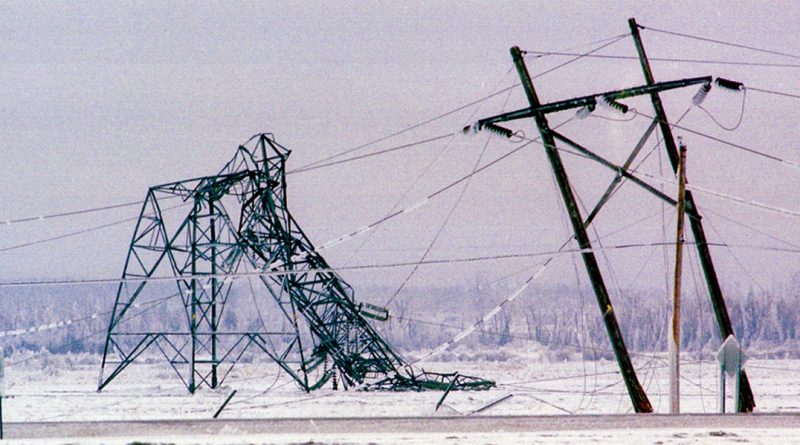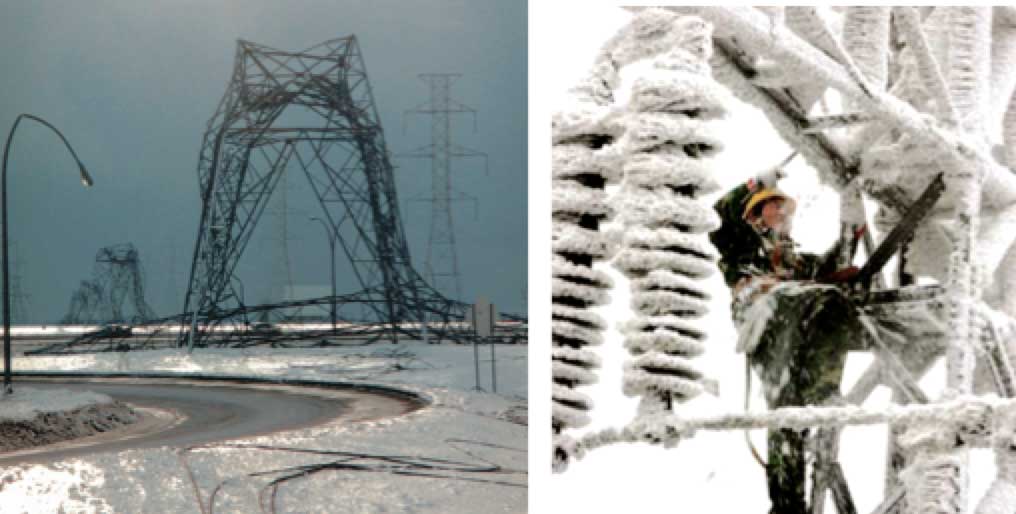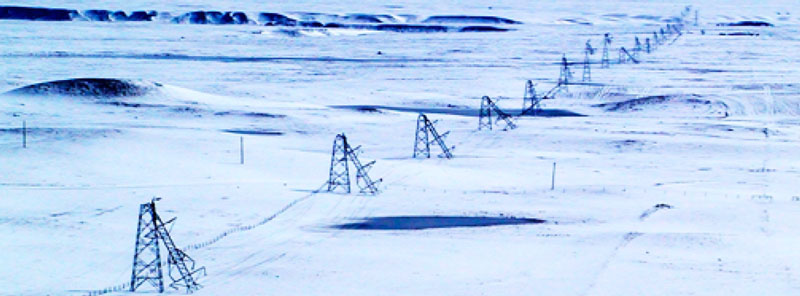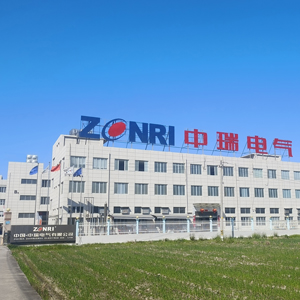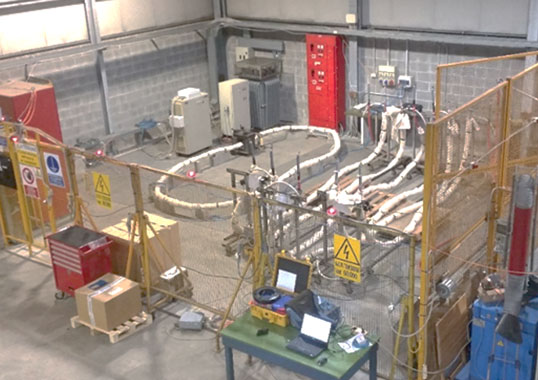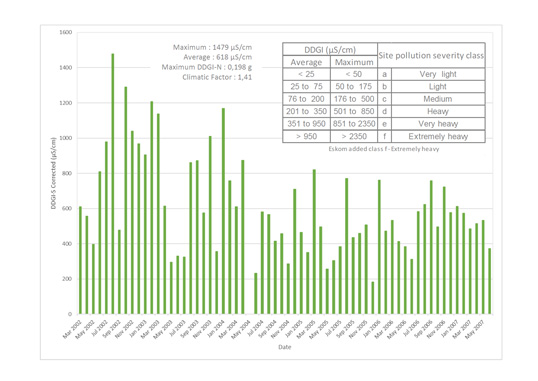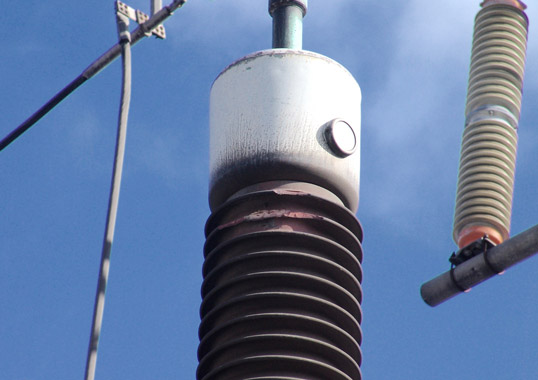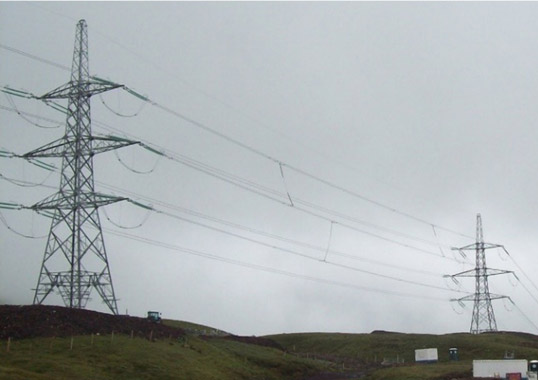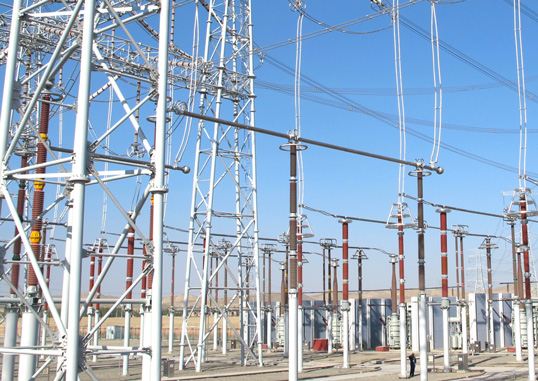Extreme climatic events linked to climate change will increasingly stress electrical power networks in ways they have never been tested before. According to the 2018 U.S. National Climate Assessment, “Without adaptation, climate change will continue to degrade infrastructure performance over the rest of the century, with the potential for cascading impacts that threaten the economy, essential services, and health and well-being”. Several years ago, international T&D expert and INMR Columnist, Alberto Pigini, discussed weather and short term forecasting along with forward looking planning for network design under threat from climate change.
Development of electrical power networks in recent years has been marked by efforts to make these systems more ‘intelligent’ and, in the process, increase reliability through more detailed and more accurate information. In particular, data on weather and climate patterns are emerging as critical not only to plan and optimize generation and revenues of conventional and renewable sources but also to assure system reliability as well as safety of personnel.
For example, severe weather events are the most common cause of outages and, in cases such as live line maintenance, can also create safety risks. Moreover, line and substation insulators are among the components most affected in such cases due to their combined electrical and mechanical functions.
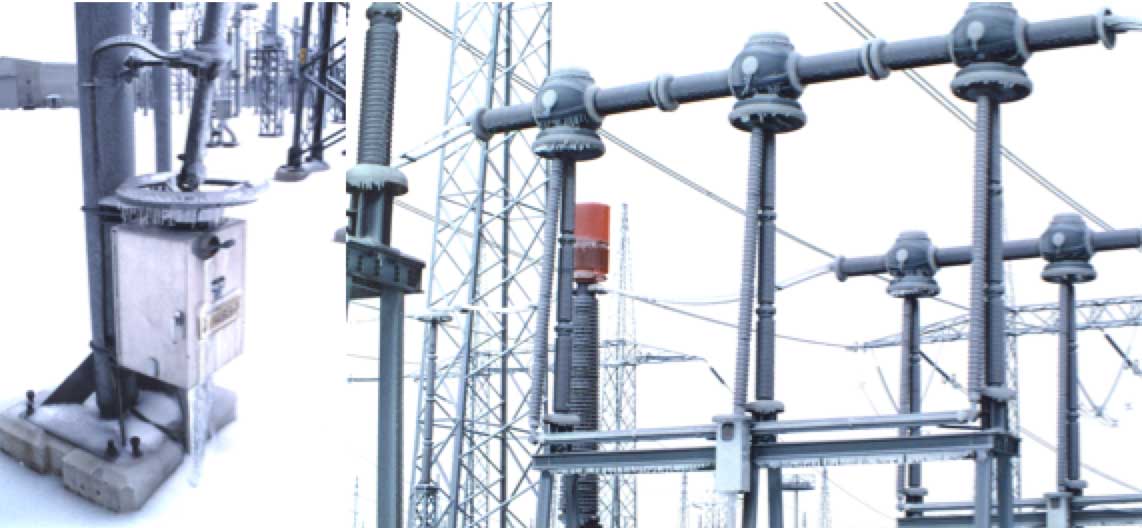
Two distinct aspects have to be considered in regard to weather parameters: the impact on day-to-day operations and long-term trends related to ongoing climate change.
Current Weather & Short-Term Forecasting
Historically, whenever an electricity supply utility wanted to predict events such as lightning, managers kept an ‘eye turned to the sky’. Today, with the help of satellite technology and lightning detection systems together with advanced modeling, ‘now-casting’ and even predicting weather over several days has become highly accurate. Such improvements in anticipating severe weather events such as hurricanes, winter storms and major thunderstorms aid utility management to deploy crews and equipment close to areas where damage is likely to occur and help restore power as quickly as possible.
Having advance warning of possible lightning activity and other such events also helps utilities protect crews from hazardous working conditions. In addition, accurate location of strokes, together with information on magnitude of related current, helps better categorize faults due to lightning. Moreover, detailed local information on parameters such as wind, wetting events and temperature can help to better understand the causes of faults not related to lightning. This can then form the basis for deciding on suitable countermeasures aimed at improving reliability, such as by cleaning or coating insulators.
Climate Change & Power System Design
The design of electrical systems is typically made looking at historic data in order to generate a prediction of likely service stresses on components such as insulators. Nowadays, however, such an approach has become questionable.
Indeed, a past Assessment Report of the International Protocol on Climate Change (IPCC) concluded that considerable climate change is now unavoidable, even if aggressive curbs on greenhouse gas emissions are put in place. There is still a great deal of uncertainly regarding the nature, magnitude and frequency of extreme weather as climate change unfolds. But many studies indicate increasing frequency and intensity of such events in most places, with obvious potential to threaten energy infrastructure. For example, models predict substantial warming in temperature extremes by the end of this century, increased frequency of heavy precipitation or proportion of total rainfall from heavy falls, and increased maximum wind speeds from tropical cyclones, although not necessarily in all ocean basins.
The importance and timeliness of these issues is demonstrated by the special IPCC report, Managing Risks of Extreme Events to Advance Climate Change Adaptation. Globally, tens of trillions of dollars will have to be invested in energy systems over the coming decades and many of the new installations will be exposed to significantly changing weather patterns over their multi-decade lifetimes.
Use of present-day and historic weather and seasonal climate data is presently part of everyday risk management by utilities and regulators across the globe. However, in view of the above, integration of forward-looking information on changing climate when making design and operational decisions has become far more important.
_____________________
RELATED ARTICLES:
Impact of Climate Change on Power Systems & Electrical Insulation

